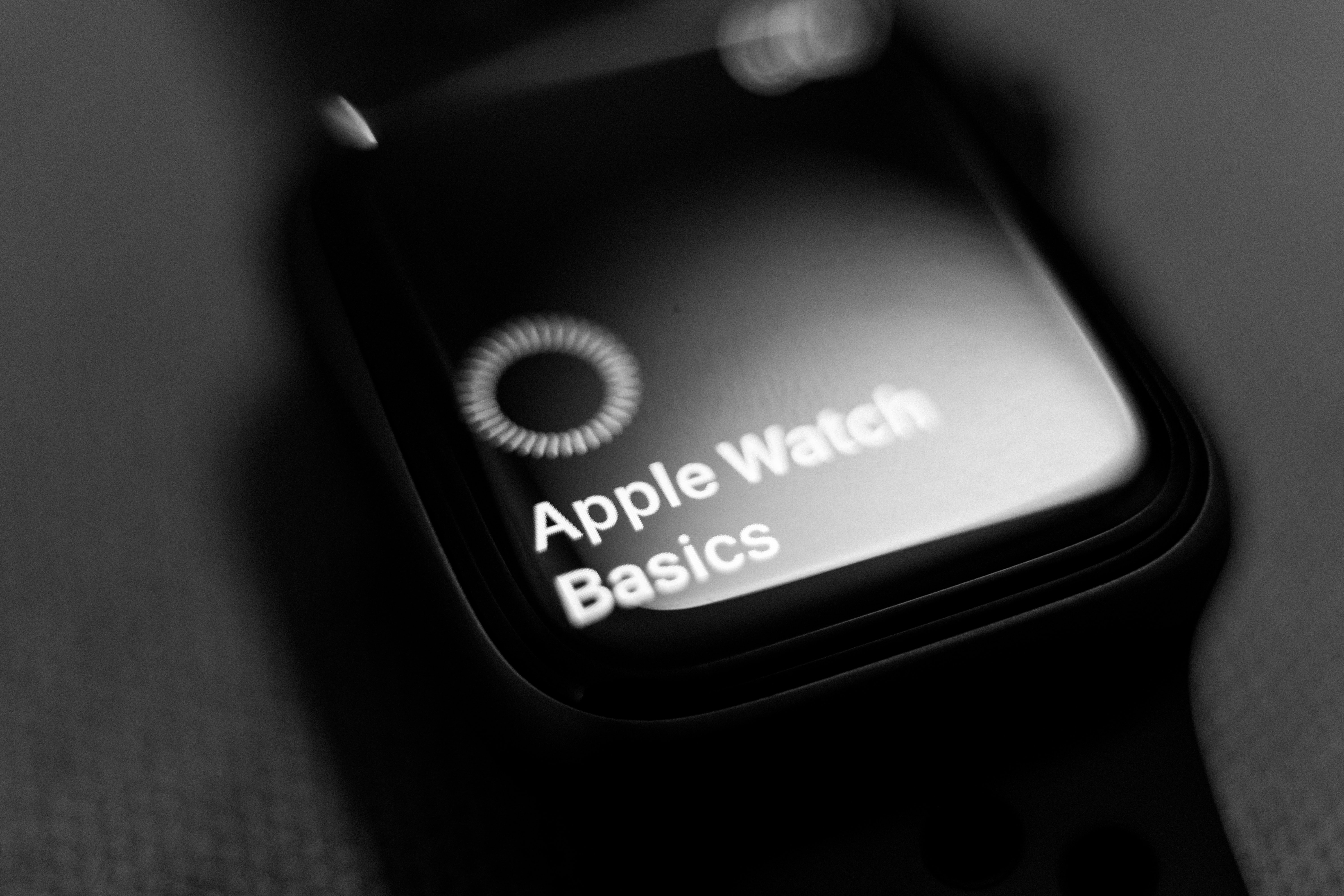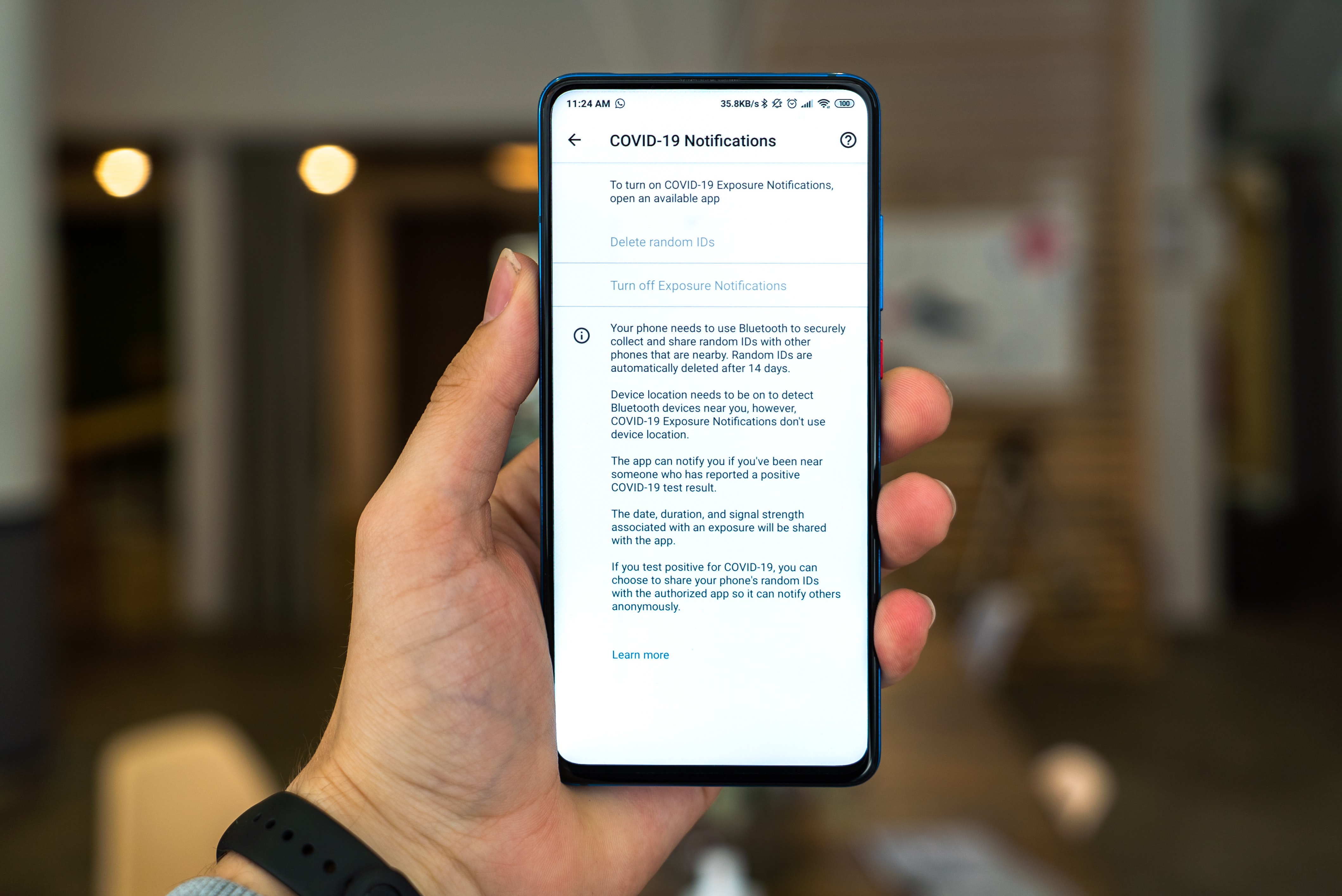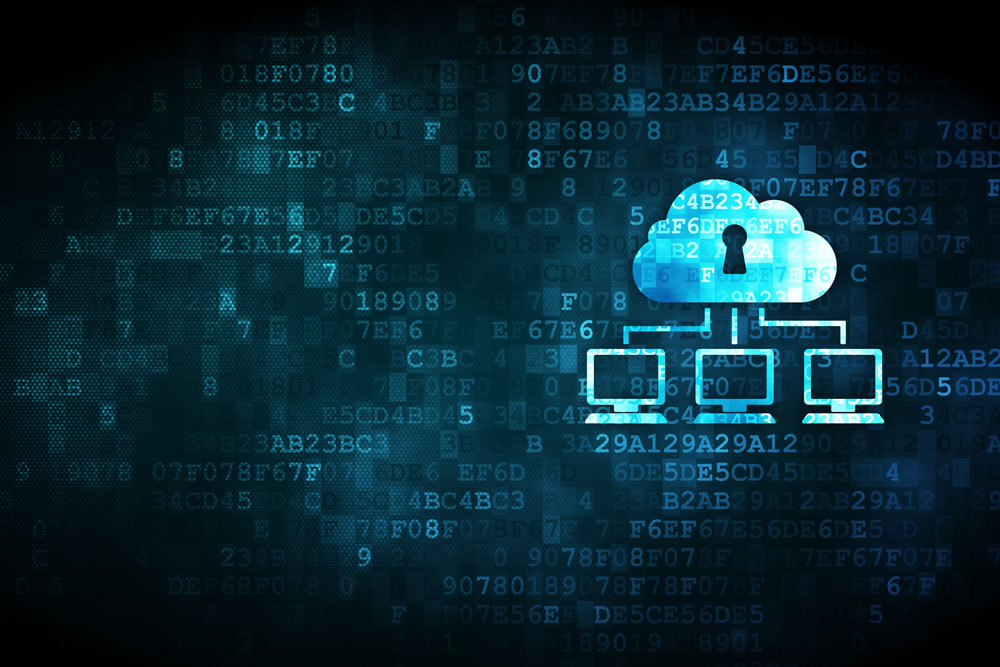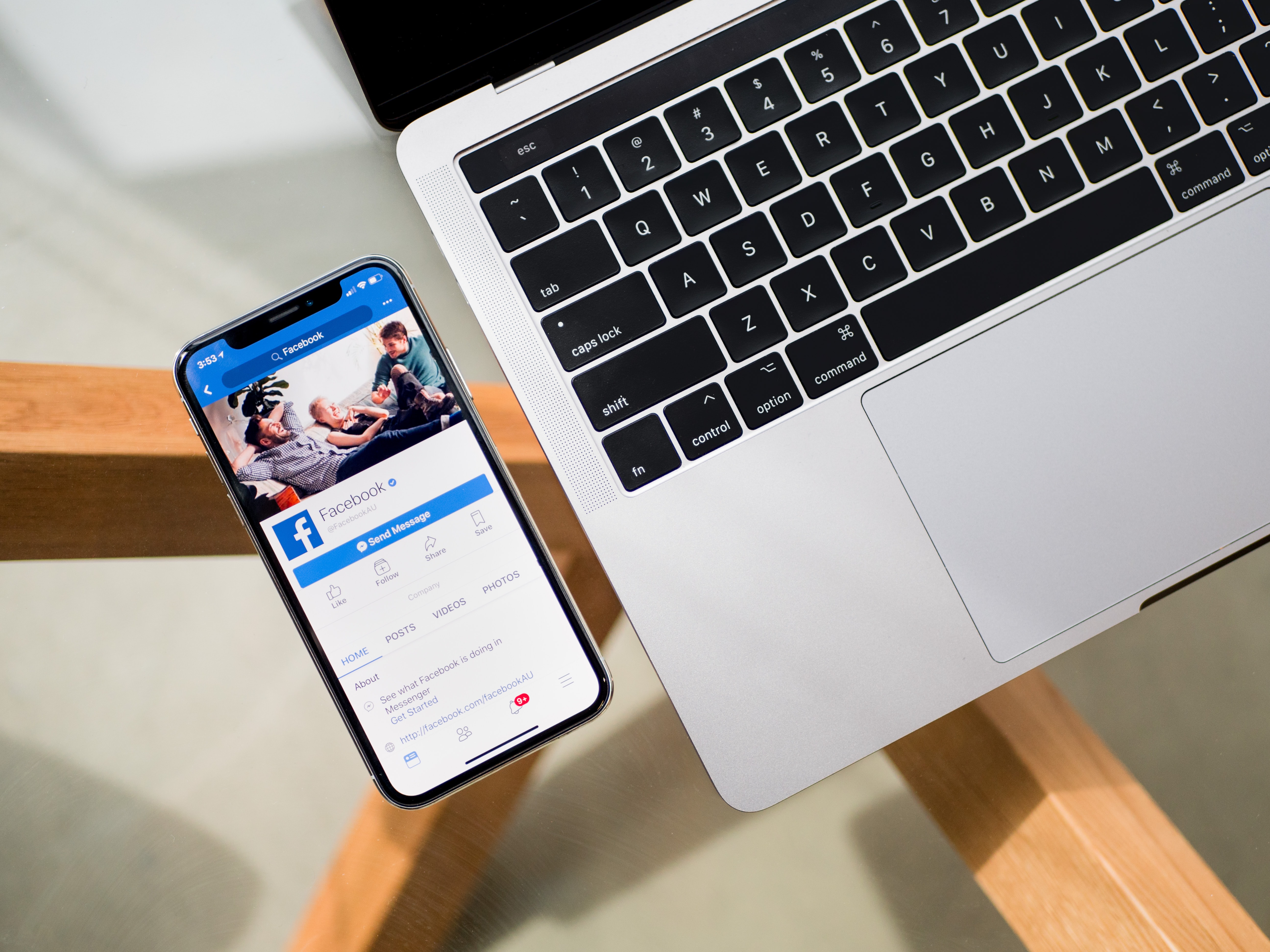Healthcare mobile app development has transformed the healthcare sector in a better way. The healthcare apps are making significant changes in the way a healthcare provider company works, and its different verticals collaborate and communicate to come up with technology-oriented solutions for patient care. Healthcare solutions are customized based on the patient’s requirements and the hospital’s goals. These solutions streamline various healthcare operations, engage patients, and empower healthcare practices to increase operational efficiency at a lower cost.
Types of Healthcare Apps
Healthcare Apps for Professionals
Telehealth Apps
Telehealth app enables receiving efficient remote services from doctors. It focuses on communicating capabilities (such as text and voice messages, video calls, video conferences, e-mails, and sharing files & pictures) to consult patients. This professional medical tool is integrated with other hospital information systems to provide medical protocols and guidance, organize and analyze the essential data for accurate diagnoses.
Appointment Apps
Appointment app is a time management tool designed for hospital personnel to perform several tasks such as design schedules, plan appointments and meetings, and manage open hours. It provides the functionality of automated reminders and synchronizes external calendars with the availability of doctors to avoid scheduling conflicts.
Decision-Making Apps
Decision-making app aids medical specialists by providing access to information pools (such as the latest medical updates, and treatment methods and procedures) and databases for accurate diagnosis and identification of ailments. Such apps are useful for prescribing lab tests and medical exams to patients and interpreting results without wasting time in travel and physical copy.
Medical Education and Training Apps

Medical Education and Training apps contain relevant medical information that can spread across the world with ease. These apps offer education and training to produce high-quality medical professionals.
E-Prescription Apps
E-prescription app is helpful for doctors, patients, and even pharmacies. Using this app, a doctor can send an electronic prescription to the pharmacy. The pharmacist then checks the availability of drugs, makes pre-orders, or automatically sends the order to the patient in advance.
EHR and EMR Apps
Electronic Health Records and Electronic Medical Records (i.e., EHR and EMR) apps are used for making the correct diagnosis of disease, and defining treatment, and prescribing medicines. Such apps enable efficient and structured support for medical staff by permitting secure access to patient’s information, and sharing lab reports, and medical images & scans.
Healthcare Mobile Apps for Patients
Doctor-on-demand Apps
Doctor-on-demand apps are the easiest way to visit the doctor without even going anywhere. These apps help patients to virtually connect with the doctor or a specialist and avoid the hassle of waiting in the line. The healthcare specialists are licensed to make diagnoses, provide suggestions, and prescribe treatment, and generally charge per visit.
Monitoring Apps for Chronic Conditions

Monitoring apps for chronic conditions like diabetes, heart disease, and cancer require regular management of health conditions. Such apps gather and store data of long medical history that helps the doctor as well as the patient while tracking health changes, monitoring treatment, and providing support 24X7.
Urgent Care Apps
Urgent care app helps users by providing important information like the location of the nearest hospital or pharmacy, directions, estimated time to reach the hospital or pharmacy, doctor’s availability, etc. This information can be more useful in case of any emergency.
Diagnosis Apps
Diagnosis app is useful for listing the possible conditions or treatment suggestions based on users’ symptoms. The user cannot rely on this app as the diagnosis may not be fully accurate. Thus, the healthcare specialist is required to diagnose with accuracy.
Healthy Lifestyle Apps
A healthy lifestyle app (such as dieting app and fitness app) can be integrated with different wearables. It helps users in maintaining a healthy lifestyle by not only tracking and monitoring progress but also by providing guidance and necessary instructions.
Women’s Health Apps

Women’s health app caters to the needs of women. It can have features such as monitoring pregnancy, child care, and breastfeeding. In addition to this, there are other functionalities like period tracker, mood tracker, weight tracker, doctor appointments, and online consultations.
Reminder Apps
Reminder apps help patients to provide regular reminders to take medication. Such apps have advanced features like automatic integration with the patient’s e-prescription, push notification on calls in refill, etc.
Healthcare Mobile App Development Trends
Patient-Generated Health Data (PGHD)
PGHD is a healthcare mobile app trend that provides a comprehensive picture of a patient’s health, filling gaps in information. It includes symptoms of the disease, treatment history with health details, biometric data, habits, lifestyle, details on the healing process, and much more. The doctor must carefully analyze the data as this significantly reduces a patient’s visit to the hospital or clinic.
Wearable Devices

Smart wearable devices such as smartwatches are trending in 2020. These devices have different sensors that can help in tracking and monitoring the health parameters, like heart rate, breathing, etc
Telemedicine and Telehealth Services
Telemedicine is the fastest growing healthcare mobile app trend for exchanging medical information. It is not only convenient but also cost-effective and provides better access to reliable doctors.
Telehealth apps such as doctor-on-demand apps allow virtually connecting with board-certified doctors. These apps can be useful for booking an appointment with the doctor via audio or text message or video call. The doctor checks the patient virtually and accordingly provides the e-prescription. Such healthcare apps are popular among patients as they prefer a video call over hospital visits.
Communication Channels
Proper communication channels (like instant messaging, emergency calls, real-time video calls, etc.) is a new trend in the healthcare sector that improves the success rate of treatment. Speech recognition is a communication channel that will dominate the healthcare business in 2020. The healthcare industry offers real-time support to patients by leveraging the communication channel in a medical app.
Geolocation
Geolocation is the main feature in healthcare mobile apps. It helps users to make an emergency call during a medical emergency at an unknown location, to locate the address of nearby clinics, hospitals, medical labs or pharmacies, to provide medical news and information such as news related to COVID-19 pandemic and much more. This feature is used actively during this pandemic (in apps like Aarogya Setu app) for fighting against the spread of the coronavirus.
Contact Tracing

Contact tracing technology is the latest trend for preventing coronavirus infections. The mobile app with contact tracing technology allows tracking of individuals to notify the user if any other user (who is nearby) has been tested COVID-19 positive. For instance, the Aarogya Setu app that was recently launched by the government of India. It uses geolocation and Bluetooth data to alert its users whenever there is any COVID positive patient nearby.
mHealth Payment Services
mHealth payment service has made the payment of medical bills very easy, secure, and hassle-free using mobile apps. This service resolves the issue of arranging cash and making the payment at the time of a medical emergency. The healthcare app integrating the mHealth payment service allows easier access to healthcare services (especially during an emergency).
IoT
The Internet of Things (or IoT) plays a crucial role in collecting necessary information from connected devices and then transferring it to the healthcare department. Connected devices such as fitness trackers in wearables allow the doctor to monitor a patient’s vitals easily.
The connected device can alert the healthcare service provider in case anything happens to the patient or the threshold limit exceeds. For instance, the Apple Watch app makes use of IoT to monitor and assess patients with depression.
Cloud-Based Solutions

Cloud-based solutions make healthcare app services more accessible. The healthcare service that uses cloud-based infrastructure delivers better data security at a lower cost. EMR (Electronic Medical Records) and EHR(Electronic Health Records) are integrated with cloud-based solutions to allow easy accessibility of medical records of patients, medical bills, insurance plans, and much more.
Features of Healthcare Mobile App Development
Record Accessibility
A patient’s medical history plays a crucial role in his treatment. Medical history is an important record for the doctor. If a patient has a long-term illness and its treatment changes continuously, then the medical record helps the doctor to understand the medical record of the patient, and what type of treatment has been given to him over the years. In case the doctor is changed, then also the medical record is useful for further treatment. Earlier, doctors used to make files to maintain records. Finding any information from these files was time-consuming, and one may not search for data at the right moment. Therefore, the record management feature in mobile apps can resolve this issue as it keeps an account of the patient’s medical history and manages all documents in a single place. Such apps must be capable of storing data and offer secure access to it. These apps help doctors to easily access the medical record of a patient and start the required treatment.
Operations & Workflows
Certain assets require to be managed daily, such as a huge amount of data, inventory stock, and its documents, patient files, etc. to streamline the hospital’s workflow and conduct its operations at the same pace. Earlier, hospitals used to keep an account of the inventory manually. However, healthcare apps need the stock management feature to access real-time information on inventory that makes the whole task easy and makes assigning the work easier.
Assigning Duties Made Easy

Patient-care generally involves a large number of physicians, surgeons, and nurses who are assigned particular wards and patients. During emergencies, critical situations are handled by interchanging duties. Accessing the doctor’s real-time information (i.e., currently assigned duty) becomes difficult in a manual scenario. Hence, healthcare apps must include a feature of assigning duties made easy with a good UI design that makes assigning duties for doctors, wards, and nurses easy. This feature can build operational efficiency and streamline the entire process. The healthcare mobile app can tell its users where the staff is at the moment and what duty they are performing.
Hospital Locator
Hospital apps must come with a GPS locator so that users can easily find the hospital route to the hospital. GPS integrated into the app helps locate the hospital. Such apps eliminate the need to go through the process of finding the hospital route by asking people.
Easy to Locate Doctors
The healthcare app must have a Book an Appointment feature that enables users to book an appointment of the preferred doctor. The user can easily access the doctor and browse through his profile before booking the appointment. Browsing through the profile helps users to choose the best doctor for their health condition.






